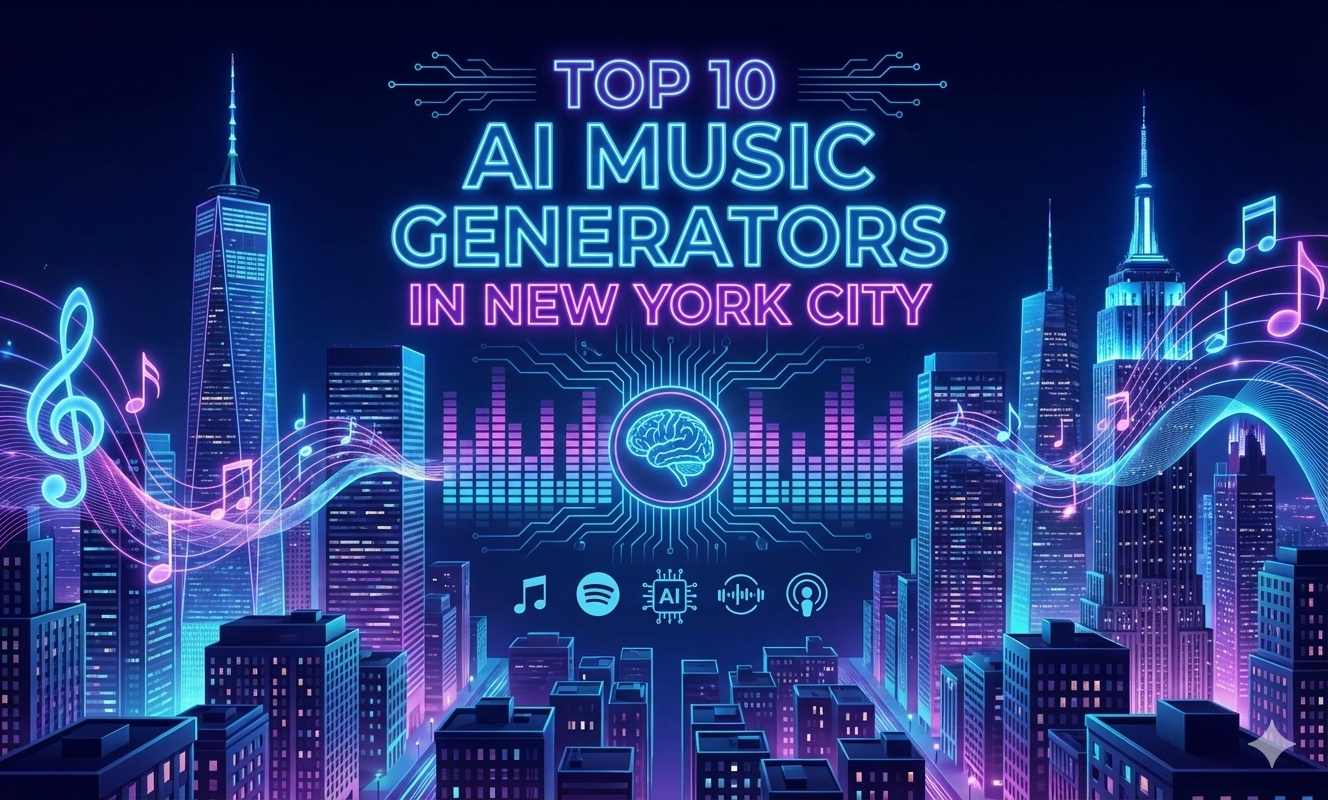Understanding the Basics of Cartoon Animation
Cartoon animation, a captivating art form, has a rich history that can be traced back to the early 20th century when simple hand-drawn techniques gave birth to beloved characters that audiences still cherish today.
Over the years, the evolution of technology has dramatically shifted the landscape of animation, transitioning from hand-drawn styles to sophisticated digital productions. This transformation has broadened the horizons for animators, allowing for the creation of vivid storytelling through animated content.
The essence of cartoon animation lies in its ability to convey narratives through engaging visuals. This is where storytelling comes into play; a well-crafted storyline forms the backbone of any successful animated video.
Animation allows creators to bring characters to life, enabling them to express emotions, embark on journeys, and resolve conflicts, all while engaging the audience’s attention.
Whether it is a light-hearted comedy aimed at children or a thought-provoking piece for adults, the characters must resonate authentically with viewers, making character development a critical aspect of the animation process.
In recent years, the integration of artificial intelligence (AI) tools has revolutionized both amateur and professional animation processes. These advanced technologies streamline various stages of production, from character design and background creation to motion simulation.
Consequently, animators can focus more on artistic aspects rather than getting bogged down by time-consuming technical tasks. For beginners, AI tools provide accessible templates and resources that lower entry barriers to the world of cartoon animation. Even seasoned professionals benefit from these innovations by enhancing their workflow and enhancing the quality of their final products.
This combination of storytelling, character development, and cutting-edge technology offers limitless opportunities for creativity in cartoon animation. As we delve deeper into the subsequent technical steps of creating animated videos, it is essential to understand these foundational concepts for a successful animation journey.
Choosing the Right AI Tools for Your Animation Project
When embarking on the journey of creating stunning cartoon animation videos, selecting the right AI tools is paramount. Numerous platforms offer unique features, pricing structures, and usability that cater to varying needs, skill levels, and project goals.
Doodly, Animaker, and Toonly are among the most popular AI tools currently available, each providing a distinct approach to animation creation.
Doodly is renowned for its user-friendly interface and effective whiteboard animation capabilities. It allows users to create engaging videos by sketching out scenes with ease.
The platform features a vast library of images and music to aid storytellers in generating captivating content.
Pricing for Doodly typically starts at a one-time payment model, with options for updates and additional features available through upsells. Its intuitive design is especially beneficial for beginners who may have limited prior experience in animation.
Another noteworthy tool is Animaker, which offers a diverse range of animation styles, including character animation, infographics, and animated presentations. This platform excels in providing customizable templates and a robust asset library, facilitating a swift creation process.
Users can opt for a freemium model to explore basic features or subscribe to a premium plan for extensive functionalities. Animaker is particularly advantageous for those seeking to produce professional-level animations with minimal effort.
Toonly, on the other hand, specializes in 2D character animation. It empowers users to design animated stories with customizable characters and scenes. With a straightforward drag-and-drop interface, it minimizes the learning curve for those unfamiliar with animation software.
Toonly’s pricing is subscription-based, granting access to ongoing updates and features, making it appealing to project creators who may require constant enhancements.
When selecting an AI tool for animation, it is vital to evaluate your project requirements, including skill level, desired animation style, and budget constraints. By carefully assessing these factors, you can identify the software that aligns best with your vision and facilitates a seamless creation process in the dynamic world of cartoon animation.
Step-by-Step Guide to Creating Your Cartoon Animation
Creating a cartoon animation video involves several key steps, each crucial to ensure a captivating final product. The first step is writing a script. This script serves as the foundation of your animation, outlining the narrative, dialogue, and various scenes.
It’s essential to keep your audience in mind, crafting a story that resonates with them while also aligning with the theme of your animation.
Once you have a script, the next step involves designing characters. This is where your ideas truly begin to take form. Utilize AI tools to generate character models that reflect the attributes of your narrative.
Balance uniqueness with relatability through design choices that emphasize personality traits, which can enhance audience connection. Additionally, consider creating multiple iterations of your character designs to explore different looks before making a final decision.
The following step is creating backgrounds that complement your characters and support the storyline. Choose vibrant or muted color palettes based on the mood of each scene.
This is where AI tools can significantly streamline the process, helping you generate stunning visuals quickly. Ensure that your backgrounds contain elements that engage viewers without overshadowing the main action of your animation.
After establishing characters and backgrounds, you need to animate the scenes. Here, utilizing AI animation software can simplify the process, allowing for fluid motion and transitions. Pay attention to details such as timing and pacing, as these elements greatly affect the viewer’s experience.
Following this, adding voiceovers and sound effects are crucial. Hire voice talent or use AI-generated voices to give life to your characters. Sound effects can enhance the overall atmosphere of the animation, creating an engaging experience for the audience.
Finally, review the entire animation carefully. Look for areas where adjustments may be required, ensuring a polished finish. By following this structured approach and leveraging AI tools effectively, you can create a cartoon animation video that captures the essence of your story and resonates with your audience.
Tips for Enhancing Your Cartoon Animation Videos
Creating captivating cartoon animation videos involves more than just using AI tools; it requires a keen understanding of various elements essential for effective storytelling.
One crucial aspect to master is timing. Properly refining animation timing ensures that movements and actions align seamlessly with the narrative. Inadequate timing can lead to a disjointed viewing experience.
Therefore, animators should experiment with different pacing, ensuring that comedic moments hit at just the right time and that dramatic scenes resonate emotionally with the audience.
Another fundamental element that can greatly elevate your animation is character expression. Characters should exhibit a range of emotions that reflect the storyline.
Subtle adjustments in facial expressions can convey a wealth of information; for instance, a slight raise of an eyebrow or a tilt of the head can add depth to a character’s persona. This attention to detail enhances the audience’s connection to the characters, making them more relatable and engaging.
Additionally, effective use of color theory significantly impacts the overall aesthetic of your cartoon animation videos. Colors evoke emotions and can influence viewers’ perceptions.
Selecting a color palette that complements the storyline can enhance mood warm tones often convey happiness, while cooler tones are suitable for more somber themes. Understanding how to balance these colors within scenes can lead to visually compelling animations.
Furthermore, sound design plays a pivotal role in ensuring viewer engagement. The right sound effects and music can heighten emotions and emphasize pivotal moments in the animation.
Therefore, it is advisable to invest time in sourcing suitable audio clips or composing original scores that resonate with the visual components. Lastly, gathering feedback during the revision process is vital.
Constructive critiques from peers can provide new perspectives that refine your work. Once completed, effective marketing strategies on various platforms can further amplify your reach, drawing a wider audience to your stunning creations.




